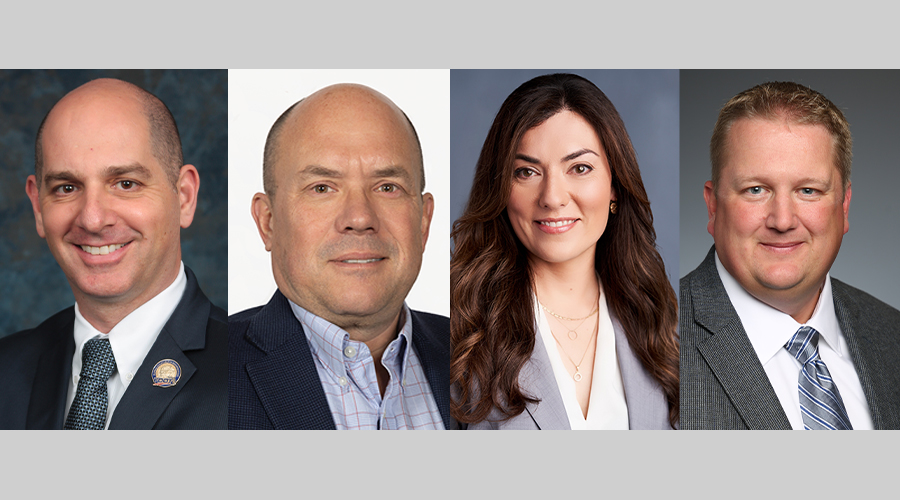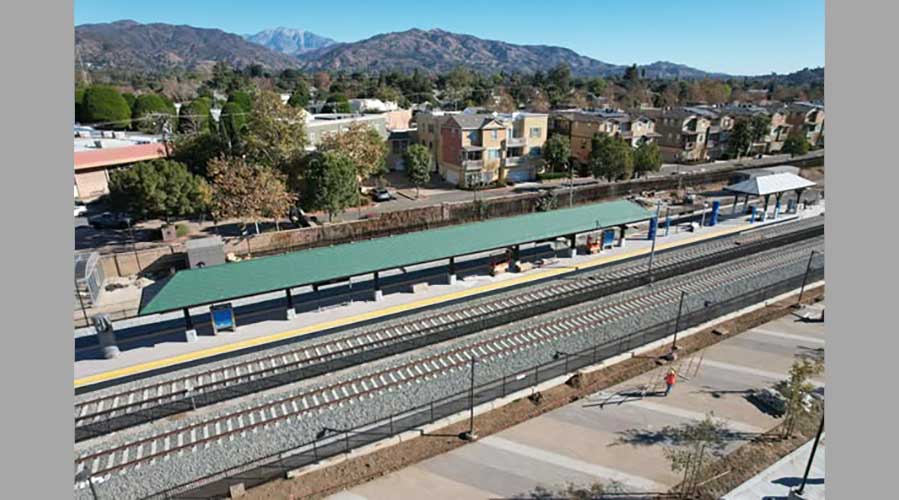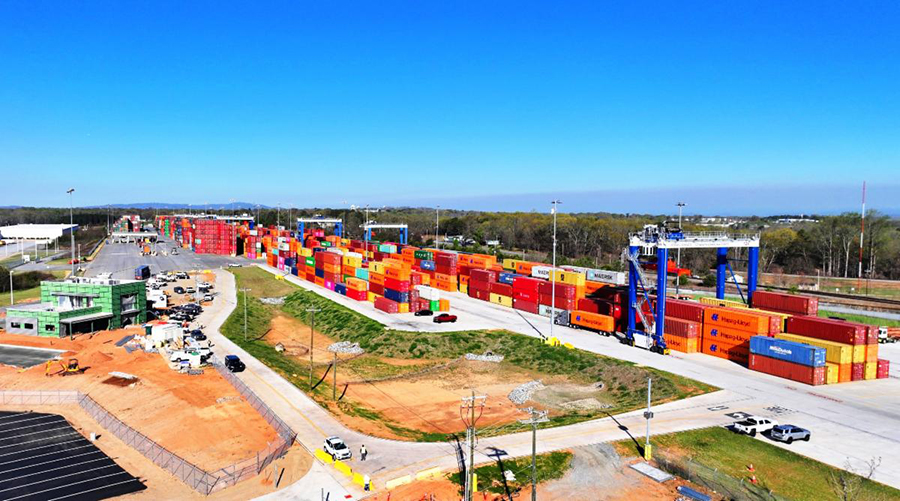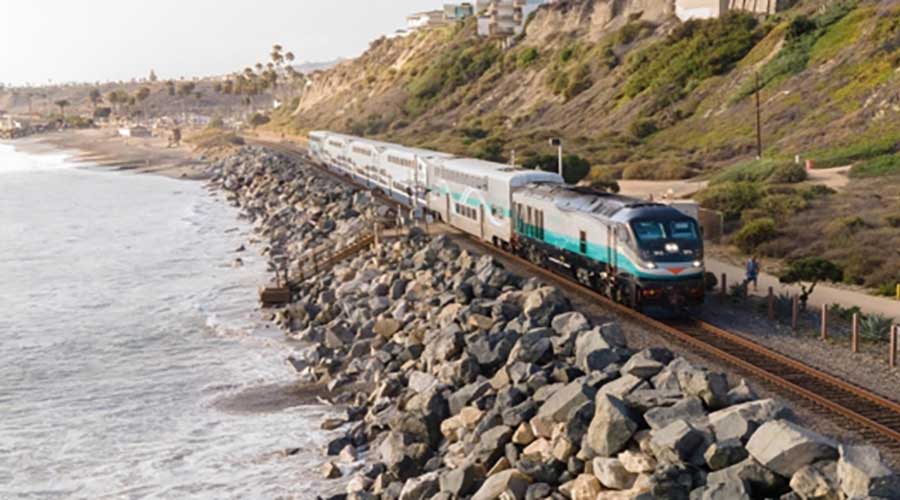Newsletter Sign Up
Stay updated on news, articles and information for the rail industry
Stay updated on news, articles and information for the rail industry
Rail News Home
High-Speed Rail
Rail News: High-Speed Rail
1/16/2012
Rail News: High-Speed Rail
Eno's Schank weighs in on CHSRA executive shake-up, HSR's near-term future
advertisement
The high-speed rail world has been abuzz the past several days with the announcement that California High-Speed Rail Authority (CHSRA) Chief Executive Officer Roelof van Ark and board chairman Thomas Umberg resigned from their posts.
Following the announcement, Eno Transportation Foundation President and CEO Joshua Schank spoke with HSRupdates.com to offer his thoughts on what the shake-up might mean for the future of California’s high-speed rail project.
Given the growing opposition to the project during the past several months, van Ark’s resignation wasn’t necessarily surprising, Schank says.
“It’s like when a basketball team keeps getting scored on — they take a time out to collect themselves. For the authority, stopping and saying they’ll reset and try this again is a strategy worth trying at this point,” he said during an interview the day after van Ark resigned. “That said, the opposition is going to seize upon this and say things are obviously a mess and that’s why they have to start over. But that’s true, and it was true yesterday just the same.”
However, if CHSRA appoints a new CEO that can better market the project and rally more support for it, the project could be turned around, Schank believes.
“I think the future of this project rests on how long [Gov.] Jerry Brown can stand behind it, and putting in a new CEO gives him room to stand behind it a little longer,” he says. “It’s a second chance to move forward with whatever time they have remaining before public opposition is just too great.”
If California’s high-speed rail project does get back-burnered, it doesn’t necessarily mean the project is done for good. Support for high-speed rail — in California and the United States as a whole — ballooned in the two years following President Obama’s election, once there was federal support behind a program. But during the past 18 months, new congressmen have taken office, the economy has barely improved and people are wondering if high-speed rail is a waste of money, Schank says. The back-and-forth nature of a political program makes the future hard to predict.
“Could I imagine a scenario in which the economy turns around and more money becomes available? Absolutely,” he says. “But I could just as easily see Republicans winning big in the next election and killing anything related to this.”
Still, any future federal funding likely won’t be administered through the High-Speed Intercity Passenger Rail program in its current form — even if President Obama is reelected, says Schank. And he’s keeping a close eye; the Eno Transportation Foundation promotes policy innovation and provides professional development opportunities for transportation officials.
“I don’t think he says, ‘Well, that high-speed rail thing really worked well for me the first time, so let’s try it again,’” he says. “I think more likely he would make money available to states for transportation, and high-speed rail could be eligible for that. But I don’t see money just for high-speed rail.”
— Angela Cotey
Following the announcement, Eno Transportation Foundation President and CEO Joshua Schank spoke with HSRupdates.com to offer his thoughts on what the shake-up might mean for the future of California’s high-speed rail project.
Given the growing opposition to the project during the past several months, van Ark’s resignation wasn’t necessarily surprising, Schank says.
“It’s like when a basketball team keeps getting scored on — they take a time out to collect themselves. For the authority, stopping and saying they’ll reset and try this again is a strategy worth trying at this point,” he said during an interview the day after van Ark resigned. “That said, the opposition is going to seize upon this and say things are obviously a mess and that’s why they have to start over. But that’s true, and it was true yesterday just the same.”
However, if CHSRA appoints a new CEO that can better market the project and rally more support for it, the project could be turned around, Schank believes.
“I think the future of this project rests on how long [Gov.] Jerry Brown can stand behind it, and putting in a new CEO gives him room to stand behind it a little longer,” he says. “It’s a second chance to move forward with whatever time they have remaining before public opposition is just too great.”
If California’s high-speed rail project does get back-burnered, it doesn’t necessarily mean the project is done for good. Support for high-speed rail — in California and the United States as a whole — ballooned in the two years following President Obama’s election, once there was federal support behind a program. But during the past 18 months, new congressmen have taken office, the economy has barely improved and people are wondering if high-speed rail is a waste of money, Schank says. The back-and-forth nature of a political program makes the future hard to predict.
“Could I imagine a scenario in which the economy turns around and more money becomes available? Absolutely,” he says. “But I could just as easily see Republicans winning big in the next election and killing anything related to this.”
Still, any future federal funding likely won’t be administered through the High-Speed Intercity Passenger Rail program in its current form — even if President Obama is reelected, says Schank. And he’s keeping a close eye; the Eno Transportation Foundation promotes policy innovation and provides professional development opportunities for transportation officials.
“I don’t think he says, ‘Well, that high-speed rail thing really worked well for me the first time, so let’s try it again,’” he says. “I think more likely he would make money available to states for transportation, and high-speed rail could be eligible for that. But I don’t see money just for high-speed rail.”
— Angela Cotey


 LRW Honors Amtrak’s Acheson As Railway Woman Of The Year
LRW Honors Amtrak’s Acheson As Railway Woman Of The Year
 From Editor-In-Chief Foran: Of Gender Equity And Inclusion
From Editor-In-Chief Foran: Of Gender Equity And Inclusion
 Spotlight On Some Of Today’s Rail Safety Products
Spotlight On Some Of Today’s Rail Safety Products
 Women of Influence in Rail eBook
Women of Influence in Rail eBook
 railPrime
railPrime







